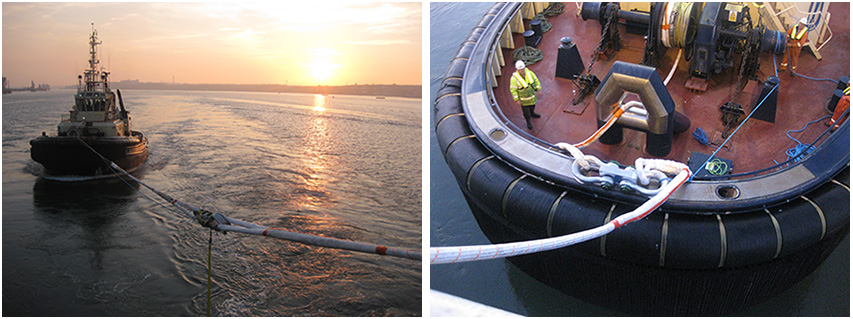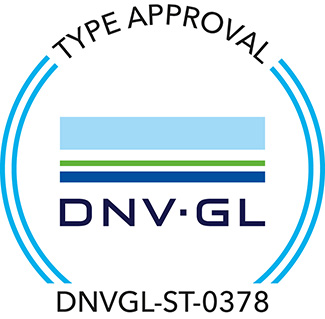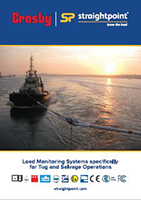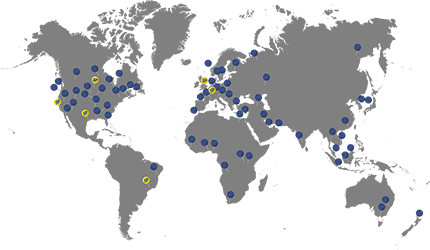

Load monitoring products ideal for Marine Towage, Tug and Salvage
Ideal for use in bollard pull testing and monitoring line forces when towing and salvaging vessels offshore
Read our white paper, here which looks at the preventative measures you can take to improve safety.

The Radiolink plus (RLP) loadcell is constructed using aircraft-grade aluminium, making it light and durable, and finished with an anodised coating that helps it to reach the NEMA6/IP67 environmental protection by resisting corrosion. This is especially essential in order to prolong the lifespan of the product by protecting it from the wet, salty, and rough handling conditions out at sea.
Need a price? Contact our team
To even the most prepared and highly capable tug vessel seamen who are working within an offshore environment, open water conditions can suddenly become extremely hazardous to work within. During a storm, for example, a tug pulling a vessel via a metal hawser lines would be buffeted about plus these extra forces could cause the line’s operational limits to be exceeded.
If the hawser line snaps and recoils, there is a possibility that any crew caught in the “snap-back zone”, where the resulting backlash can whip back at ferocious speeds, could be badly hurt or fatally injured.
Having a tension monitoring system incorporated will provide constant real-time readouts of the forces prevailing on the line.
If the tension rises to dangerous levels then the appropriate reactions can be carried out immediately to lessen the risks.
Tug and Towage
During a tow of a vessel by a tug, if either vessel loses control (through mechanical failure or being under the influence of strong water currents), one or both could be capsized from the line being bent and pulled around the stern.
The hydraulic towing winch system is an essential piece of machinery on a tug boat and needs to kept operational. If control of the metal cable attached to the winch is lost, then substantial damage may be caused to the system from the mechanical strain inflicted upon it. The financial costs to fix it would be an unnecessary burden that could be quite easily avoided if an RLP or load pin was attached near the winch’s break stay.

When tug boats are not pulling other vessels they can also perform bollard pull tests as a service to the port they are based at. There are two main purposes to carry out this task, firstly to test the maximum pulling capacity of the tug boat to measure its current performance, and secondly to test the bollard’s integrity. This is in order to determine if it is still able to securely moor vessels at the capacity it was originally designed to hold.
SP’s RLP load cells are ideal for use in these tests, and when linked into as part of the hawser line (beyond the bridles and pendant), it can allow the tug boat operatives to monitor the tension forces, from a safe position, via the wireless connection to SP’s Hand Held Plus display (SW-HHP).
The person in charge of the pull test will be able to remotely monitor from up to 700m/2300ft away, preventing injury from any snapped lines or bollards that break away from their foundations.
Salvage

Loadlinks can be used to save stricken wrecks that are either still afloat or have sunk below the surface of the water.
To the resulting ship/vessel casualties, which need to be recovered or salvaged, even the process of rescue is fraught with operational difficulties and hazards that have to be well managed to achieve operational success.
An experienced salvager will know that each new salvage operation is going to be different from the last. Having a dynamic monitoring system as part of the process will mean they can negate dangerous circumstances that can occur. These circumstances can include holding lines snapping, or cranes being used on the recovery vessels becoming unbalanced and toppling over. Any accident could lead to the operation becoming more difficult, lengthier, and more expensive in the long run from the original projected cost.
Crosby Straightpoint has a combination of software, instrumentation and wireless load cells (Bluetooth option and with DNV Type approval) to suit these applications.



